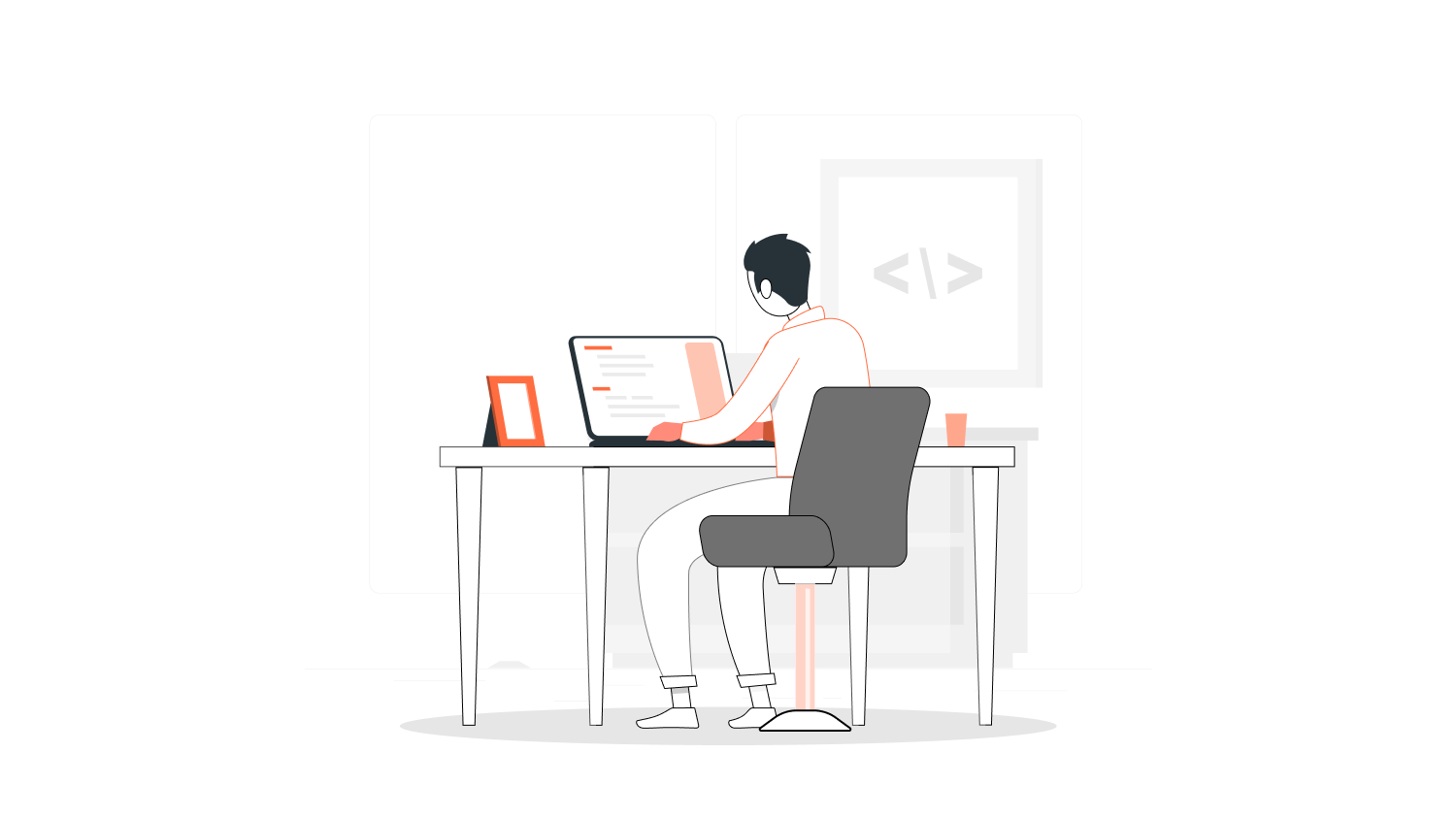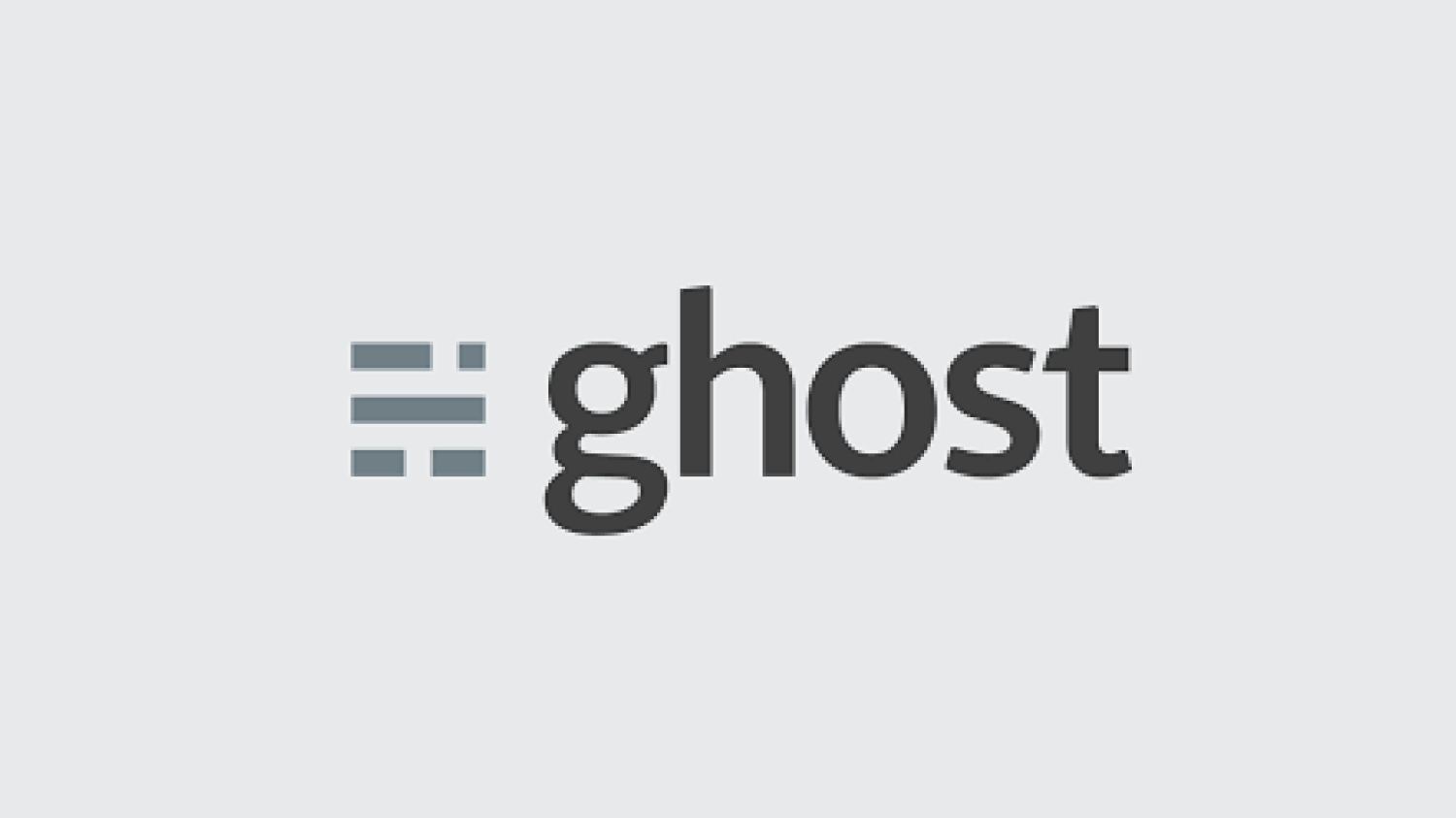In the fast-paced world of Software as a Service (SaaS), staying ahead of the curve is crucial for success. Gartner predicts by 2025, 70% of applications will be developed using no-code/low-code technology.
Let’s flip the coin and see the other side. According to G2 reviews, 25% of organizations are scared that low-code applications could be open to threats and other security risks.
Now Imagine this: You started your SaaS journey with a brilliant idea and a no-code platform that allowed you to quickly bring your vision to life.
It was perfect for the early stages, enabling you to iterate and test your concept with ease. But as your customer base grew, so did the complexity of their needs.
Suddenly, you found yourself needing to scale up, grappling with the need for advanced customization, and handling performance issues that affected the user experience. It dawned on you: your SaaS had outgrown the no-code tools.
In this blog, we will explore five signs that indicate your SaaS may have outgrown no-code tools and we’ll also discuss the benefits of transitioning to custom code and how experts can assist you in making a balanced decision for the future of your SaaS.
Let’s get started.
1. Struggling with Scalability
Scalability is all about your software’s capacity to accommodate increasing users or transactions without affecting performance. It’s crucial for growing SaaS businesses.
No-code tools, while great for rapid prototyping and initial development, may struggle to scale effectively.
With a rapidly growing user base, you will encounter performance issues and system crashes during high usage times. This will push you to pursue custom code. After the transition to custom code, you can optimize the software for scalability and provide a seamless user experience for your users.
2. Increasing Need for Advanced Customizations
As your customer base diversifies, their demands for unique features and customizations increase. No-code tools often provide a range of pre-built components, but they may not offer the flexibility required for advanced customizations. This can limit your ability to meet the specific needs of your customers.
Low-code is currently being used by 31% of enterprises, but no high-value applications have been built or delivered.

Here’s a question for you:
When you need complex customizations, who do you really want to handle them?
Citizen development (the process where non-professional developers, also known as “citizen developers”, build or customize software applications for use by themselves or within their teams or departments, using low-code or no-code development platforms) is gaining traction, but when things get real you need experts to pitch in.
No-code tools have limitations and developers who can utilize these tools to that extent is so hard to find. When your customers request more advanced customizations, such as personalized checkout processes and tailored reporting features, no-code seems to fall short.
3. Performance and Loading Times Affecting User Experience
An average conversion rate of almost 40% is achieved when pages load in one second. However, a two-second loading time reduces the conversion rate to 34%. A six-second load time results in a 29% conversion rate, and a three-second loading time yields a similar 29% conversion rate.
Optimal performance is crucial for retaining users. Slow loading times and performance issues can frustrate users and push them away. No-code tools, due to their generic nature, might not offer the performance optimization that custom code can.
4. Escalating Costs of Third-Party Integrations
While no-code tools often integrate with popular third-party services, dependency on these can become expensive as your business scales. Custom code might be a more cost-effective long-term solution as it allows more control over integrations and reduces dependency on third-party services.
This is an invitation to re-analyze your spending if you’re working with no-code platforms. Miscellaneous costs may be slowly drilling a hole in your pockets. Don’t take this the wrong way, there are 100 statistics saying that you save money while using no-code.
But these are all stats over a small period of time, you are not building a business for just 5 years, you’re in it for the long haul.
No-code seems feasible when you initially rely on no-code integrations with various third-party services for CRM and marketing automation features. But as your customer base grows and their needs become more complex and the costs associated with third-party services will escalate rapidly.
Now transitioning to custom code becomes the only option for you to develop your own integrations, reducing dependency on expensive third-party services.
5. Need for Improved Data Security
Data security is paramount with the growing concern for data breaches. No-code environments, while generally secure, may not offer the same level of security as custom code. Custom coding allows for more robust security measures tailored to your specific needs.
No-code empowers business and technical users alike to build applications faster, better, and at scale. This encourages shadow IT outside your IT department to control your organization. Among other things, shadow IT is responsible for a lack of accountability regarding critical organizational norms, such as data policies, integrations, permissions, and access controls.

Permissions and data access that were approved for one critical process may get used in other processes. This may lead to crucial organization data being exposed to unintended audiences causing a data breach. Whenever there are inadvertent gaps in data exchange policies, security can be compromised, and data can be lost in the worst cases.
As you deal with sensitive customer data, you realize that the security measures provided by no-code tools are not sufficient to meet industry regulations. To ensure compliance and protect customers’ data, custom code becomes the only viable solution, allowing you to implement robust security measures tailored to specific requirements.
Considering the Shift to Custom Code
Weighing the pros and cons, understanding that there’s no one-size-fits-all solution, and being adaptive and open to change is essential for the growth of your SaaS business.
As your SaaS business grows, it’s important to recognize the signs that indicate you are outgrowing no-code tools.
Evaluating your business needs, potential benefits of custom code, consulting experts, and conducting cost analysis are crucial steps in making an informed decision. Real-life scenarios of successful transitions from no-code to custom code, such as those mentioned above, can provide valuable insights and guidance.
Consulting experts can help you navigate this transition and ensure that your software continues to serve your business effectively. If you’re ready to explore the possibilities of custom code, reach out to us now. Our team of experienced developers is ready to help you take your SaaS to the next level.




